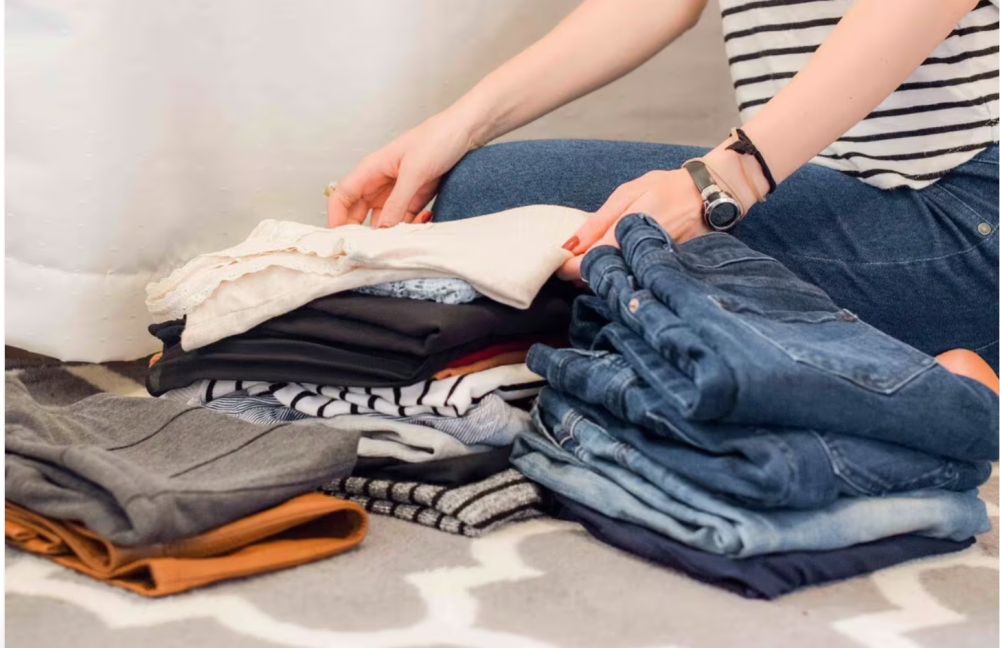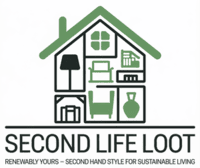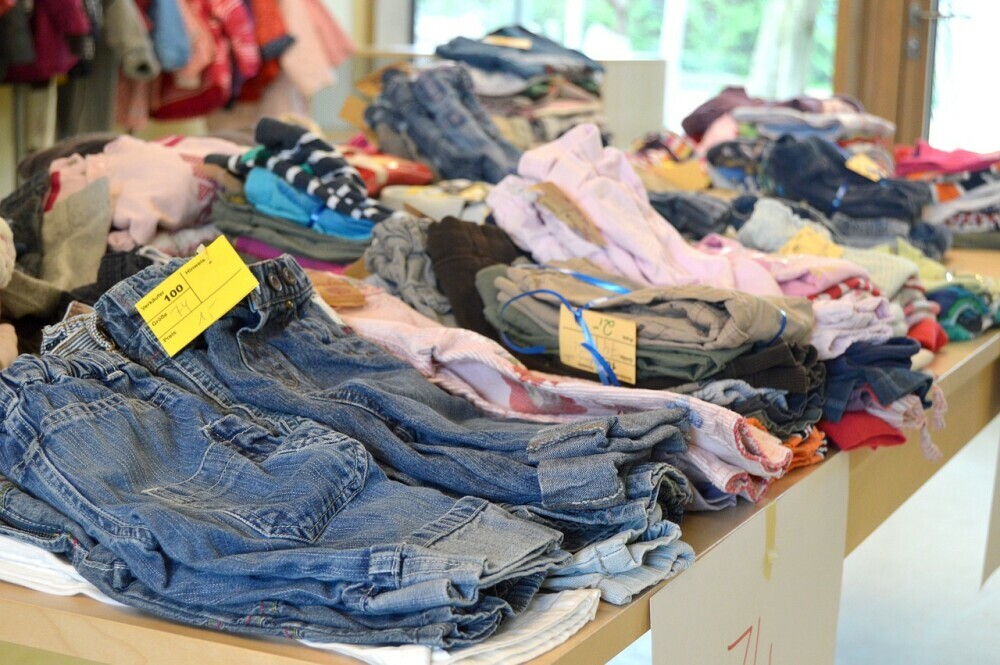Table of Contents
It’s an arena that’s grown exponentially, making it easier than ever to sell pre-loved fashion. This isn’t just about decluttering; it’s also about being a part of a sustainable movement in the clothing industry.
Let’s talk about how to sell clothes online and how it’s different from the traditional garage sale or consignment shop approach. Online, you’ve got a broader audience and digital tools at your disposal. Plus, you’re contributing to a circular economy, which is a big deal as more consumers are choosing to shop sustainably.
I’m here to help you understand who’s buying. The target demographic for resale fashion is varied, but there’s a strong lean toward millennials and Gen Z—who value affordability, sustainability, and the hunt for unique pieces.
If you want to keep a finger on the pulse of the resale market, it’s important to stay abreast of current trends. Social media influencers, for example, can quickly shift what’s in demand.
In my opinion, bridging knowledge of the market with smart preparation of your items for sale is key to success. You can always adjust your approach down the road, but starting off on the right foot makes all the difference. Now, let’s move into how you can do just that.
Preparing Your Wardrobe for Sale

You’re going to find out about the nitty-gritty of getting your clothes ready for an eager online audience. The first step is to raid your closet and take stock of what you own. There’s a lot of opportunity in items you might consider out of fashion or no longer your taste. Choose something that resonates with you; if an item doesn’t spark that joy anymore, it’s likely a perfect candidate to sell online.
After you’ve piled up potential sellable items, you’ll need to give each one a thorough assessment. This isn’t just about checking for stains or wear – though that’s important. You’re also aiming to make sure each piece still has plenty of life left for the next owner. If it doesn’t meet the bar, it might be better to donate it instead.
Next, I’m here to help you with snapping pictures of your clothes. Pictures are what will sell your item before the customer reads the description. Take clear, well-lit photos from multiple angles. If you can, model the clothes or use a mannequin to show how they fit. This gives buyers a much better idea of what to expect and can make your listings stand out.
Your product descriptions are your chance to convince buyers to click that ‘buy’ button. Don’t worry too much about SEO jargon; focus on providing clear, honest, and engaging descriptions. Mention the brand, size, condition, color, and any unique features. Weave in some storytelling, like how the dress was a hit at your friend’s wedding.
Finally, pricing your items can feel like a guessing game, but it doesn’t have to be. Research what similar items are going for and price accordingly. Remember to factor in the platform’s fees when setting your prices. Sometimes, you can always adjust your approach down the road based on what’s working and what’s not.
Selecting the Best Platform for Your Needs

Now, it’s critical to figure out where to sell your prepared clothing. I’m going to walk you through the maze of online platforms available—each with its own perks and quirks.
You’ve got your mainstream giants like eBay and Depop, and more focused venues like Poshmark and The RealReal. You’re going to find out about how these platforms cater to different styles, brands, and market segments.
When it comes to fees, there’s a lot to unpack. Some platforms charge listing fees, others take a commission, and some do both. I’ll help you understand these models so you can keep more of your earnings.
If you’re wondering whether social media can be your sales ally, the answer is yes. Platforms like Instagram and Facebook have become shopping hubs, and they might just be perfect for your direct sales strategy.
A platform’s reputation matters—a lot. It’s about the trust potential buyers have in the platform, which extends to you as a seller. The larger the user base, the higher the likelihood of sales, but that also means more competition. We’ll look into finding the sweet spot.
Ultimately, choosing where to sell is anything but a one-size-fits-all scenario. Think about where your potential buyers are spending their time and which platform aligns most with your brand.
Closing the Deal: Best Practices for Online Sellers

I’ve seen a lot of success stories with online sales, and they often have one thing in common: impeccable seller practices. I’m going to let you in on some best practices so you can end your sales on a high note.
First off, when you’re communicating with potential buyers, professionalism is key. This isn’t just about making a sale, it’s about building a reputation. Always be as transparent as you can about your items and the conditions of sale.
Negotiations are a given in the world of online sales. Don’t worry too much about it. Be open to offers, but know the worth of what you’re selling. It’s a balancing act between being accommodating and ensuring you don’t undersell your items.
The packaging and the shipping process are where you can really stand out. Choose something that resonates with you and your brand, whether that’s eco-friendly packaging or a personal thank-you note. It shows care and can turn a one-time buyer into a repeat customer.
Finally, after the sale, handle customer feedback gracefully. That’s how you’ll build an outstanding online presence. Whether the feedback is positive or constructive, respond politely and take any criticism as an opportunity to improve.
In my opinion, there’s a lot of opportunity in keeping up with online selling trends and platform updates. Your first attempt doesn’t need to be your last. Just don’t focus too much on perfection—adjust your approach down the road as you learn what works best for you.
I really hope that you find this guide useful as you step into the world of online clothes selling. Remember, excellent customer service can make your items more memorable, and help ensure that your buyers come back for more. Good luck, and I’ll be cheering you on from the sidelines!
Kay,
secondlifeloot.com


There are so many ways nowadays to sell your unwanted items online. When I was young, my Mom would have a jumble sale on the street outside our house and we would all have to work hard to sell the items. Now it is so much easier as you simply list it online and the audience is so much wider than just your local neighbourhood.
What is your favorite platform to use to sell unwanted but good second hand clothing? I have tried EBay but not vinted.
Hi Michel,
Absolutely, why throw stuff especially clothes away when there is someone out there who will cherish and love them as we did. I personally use facebook marketplace and another platform called “Vinted”. I haven’t tried Ebay though, would you recommend it?
Best Regards,
Kaleem